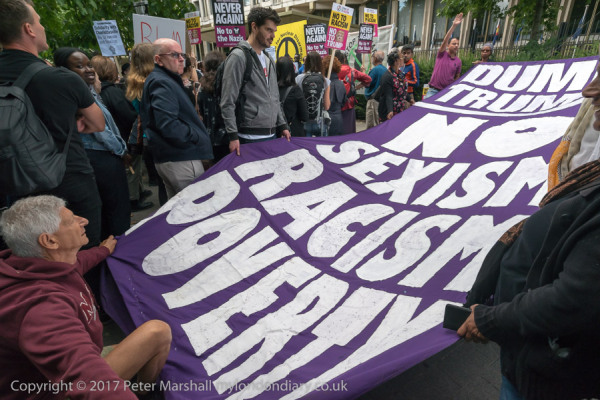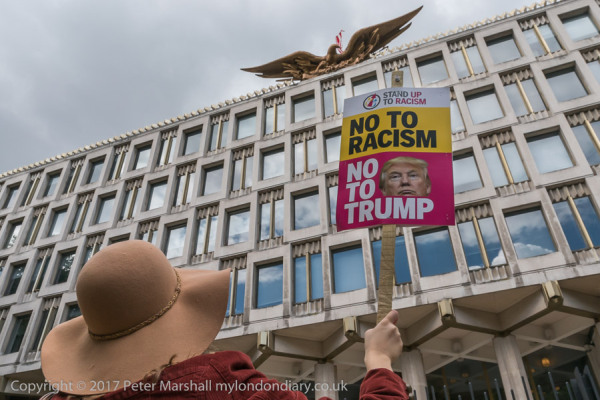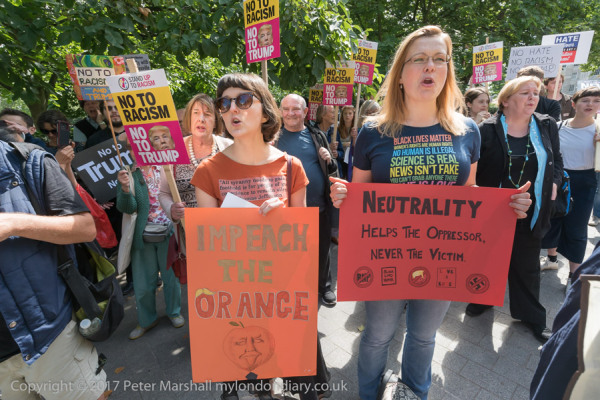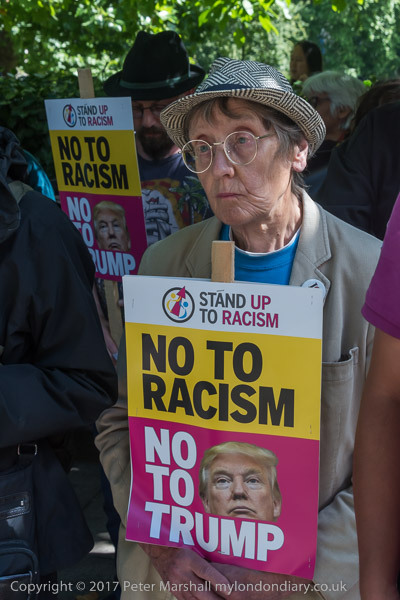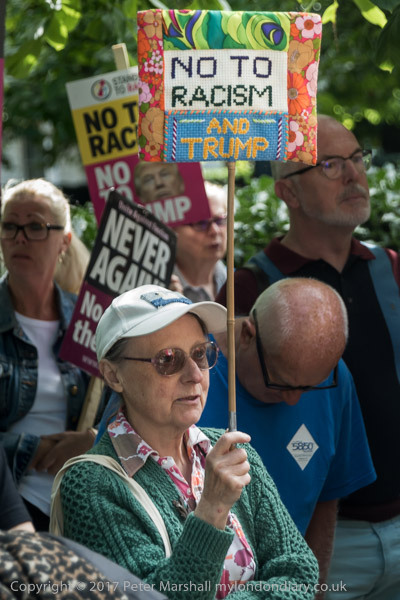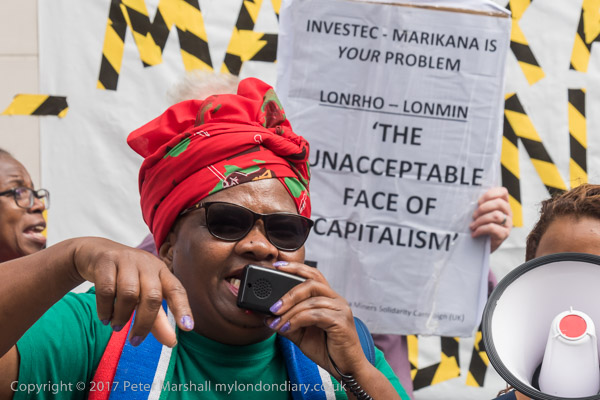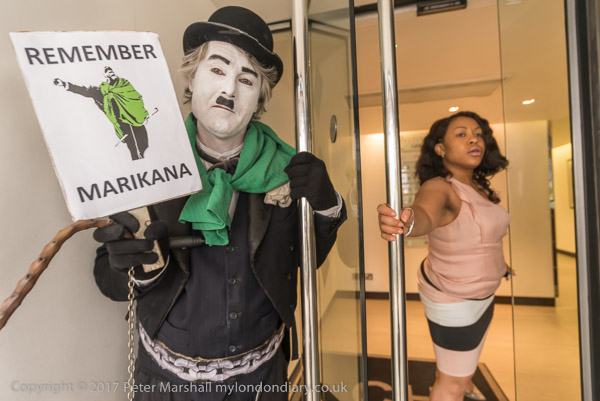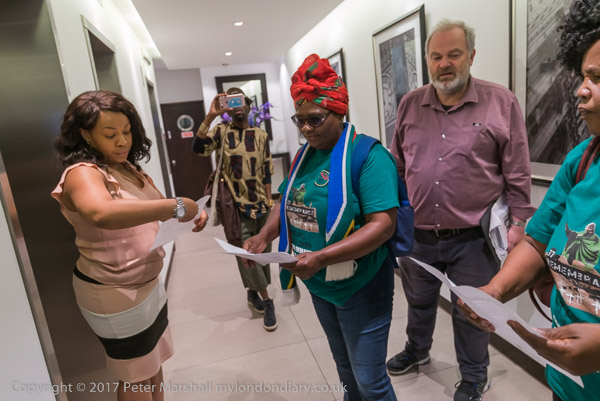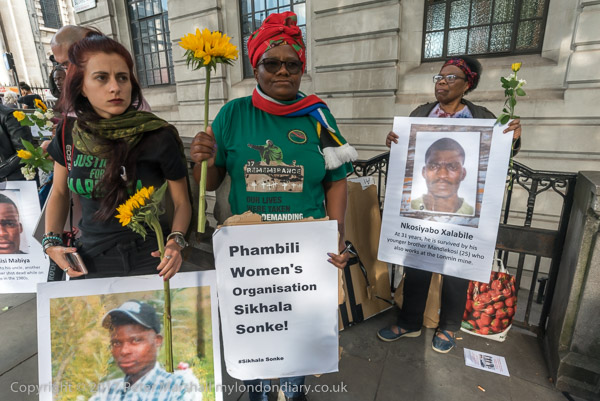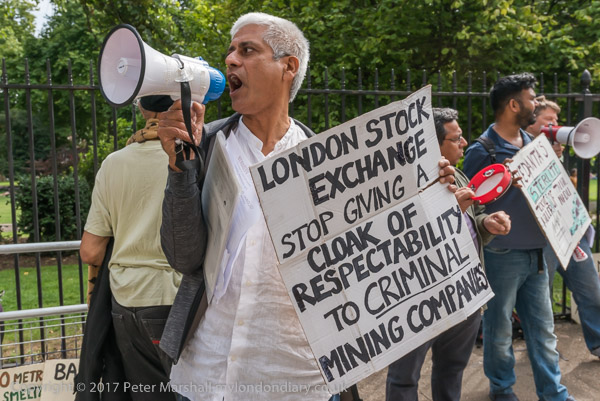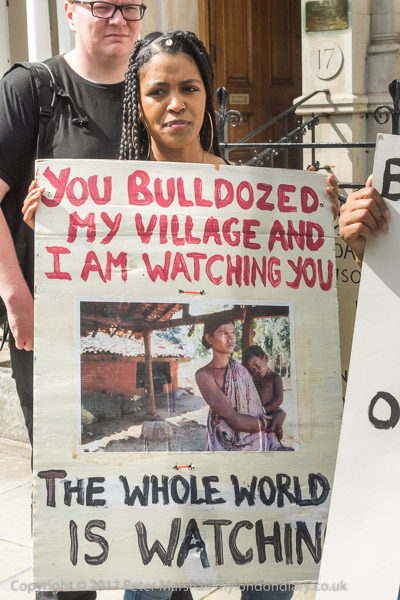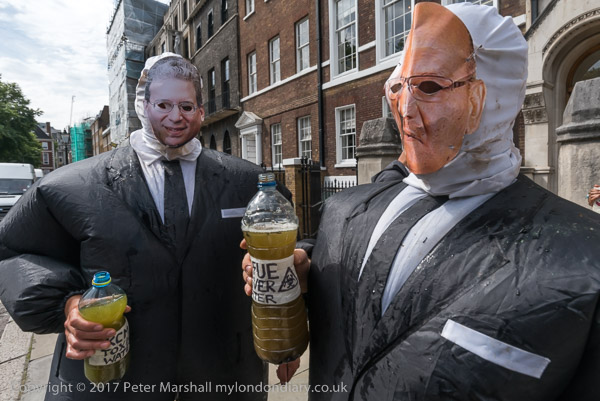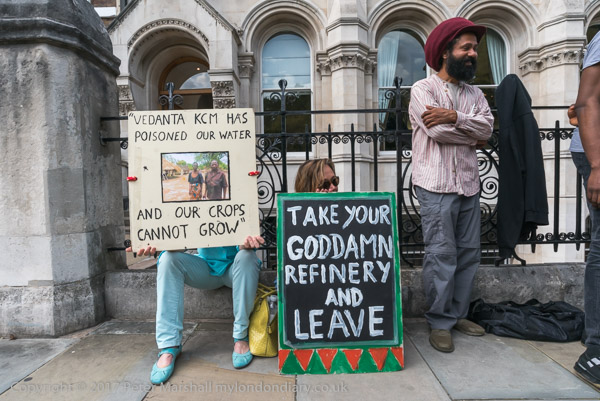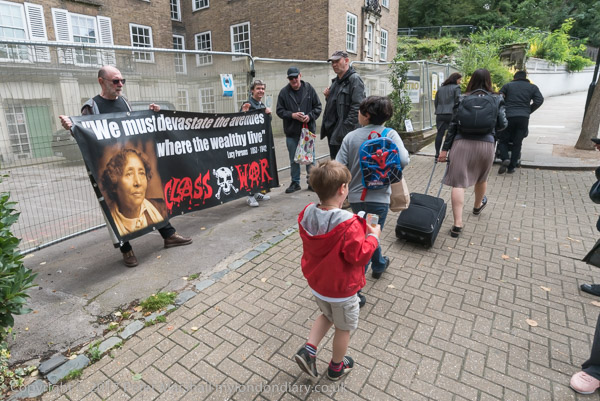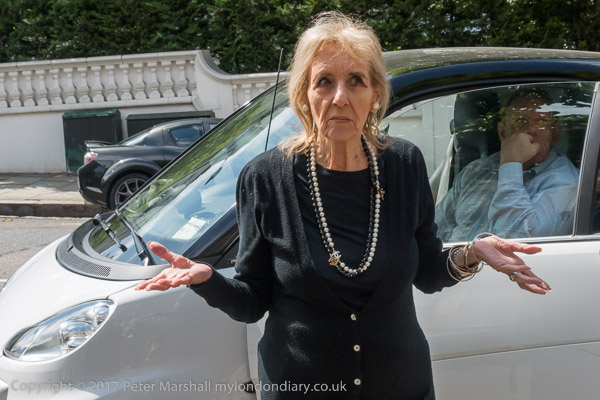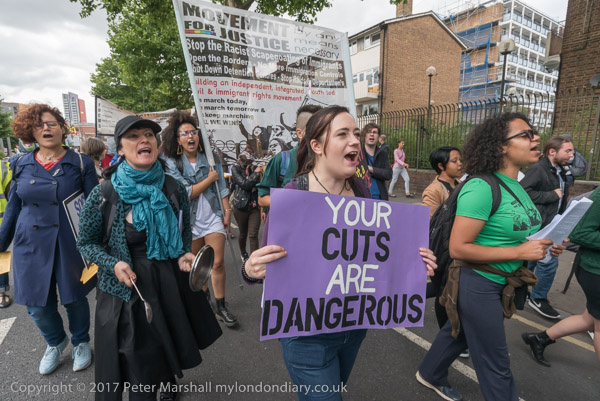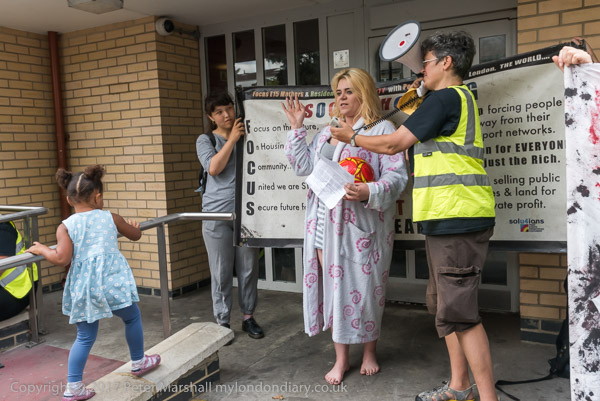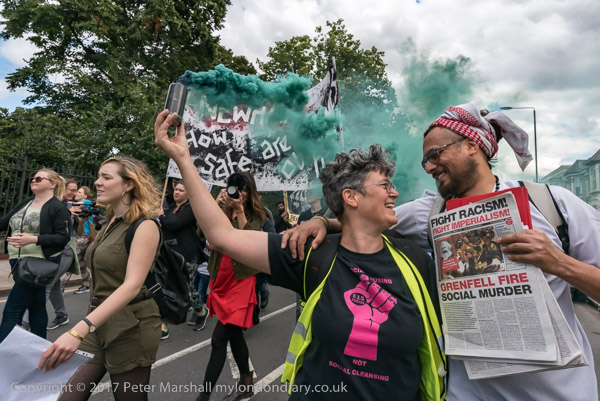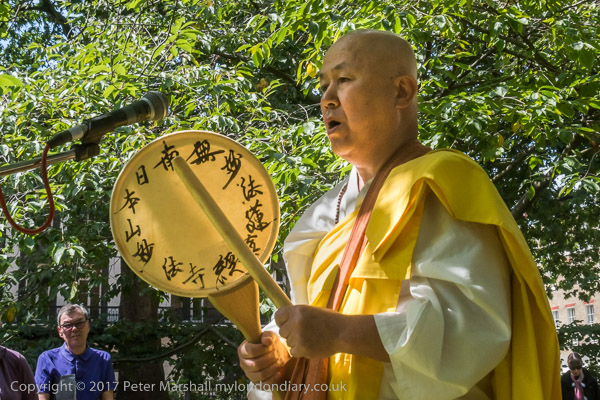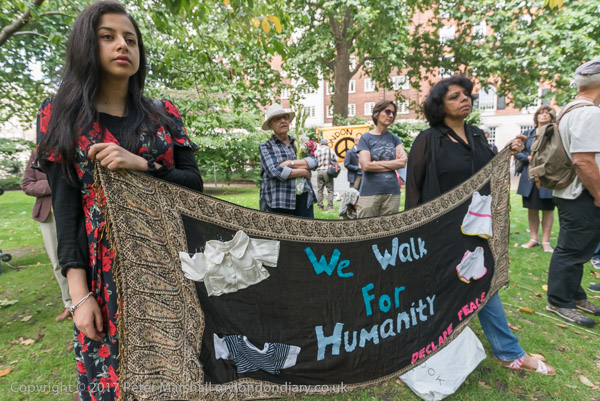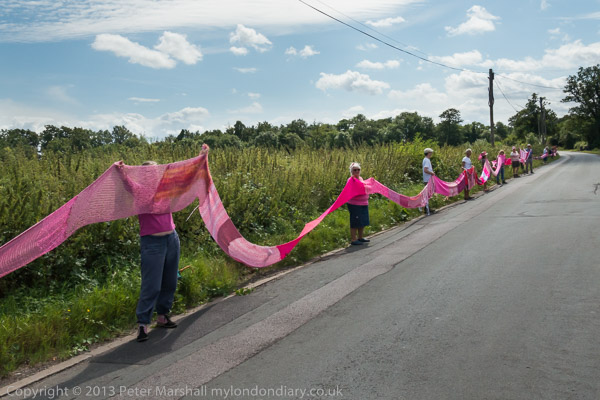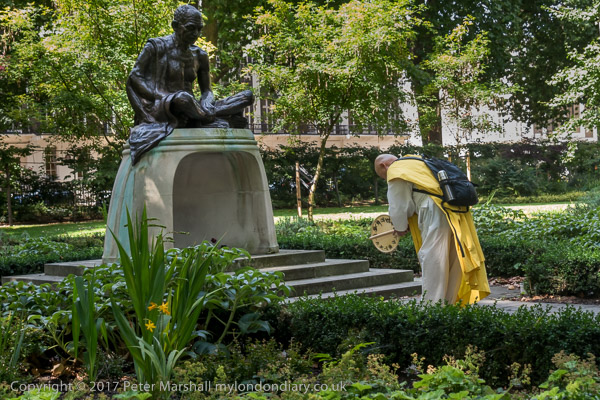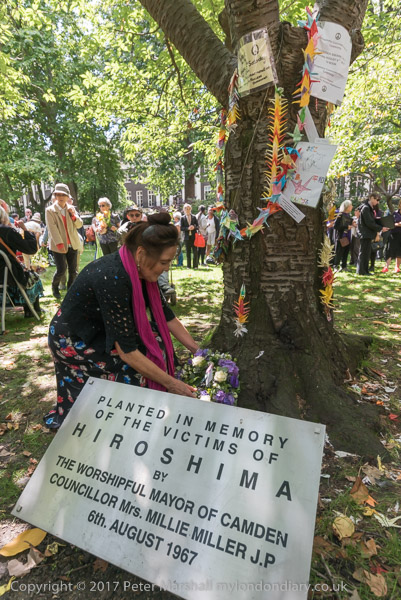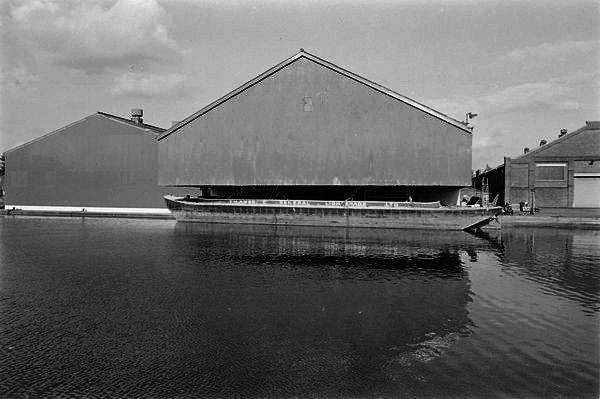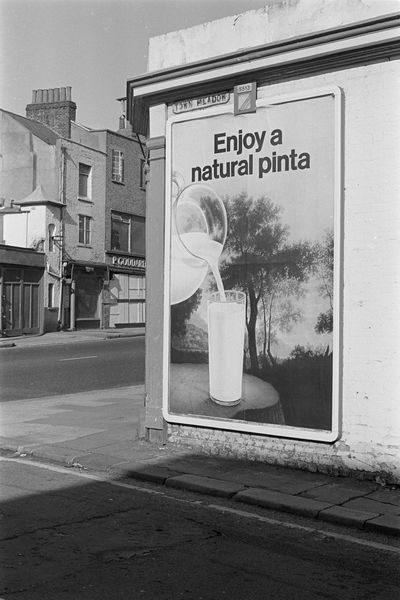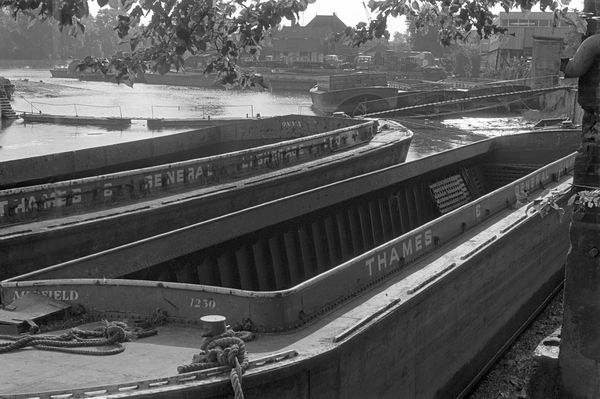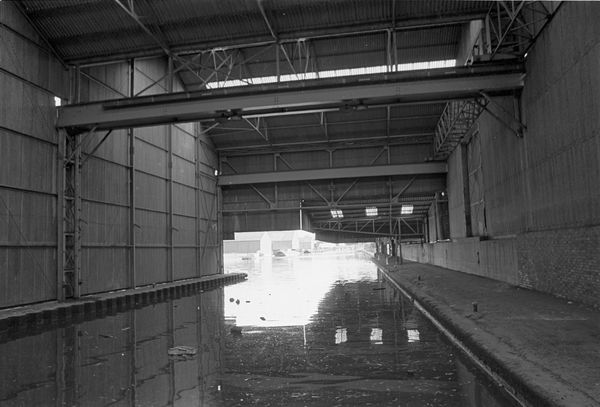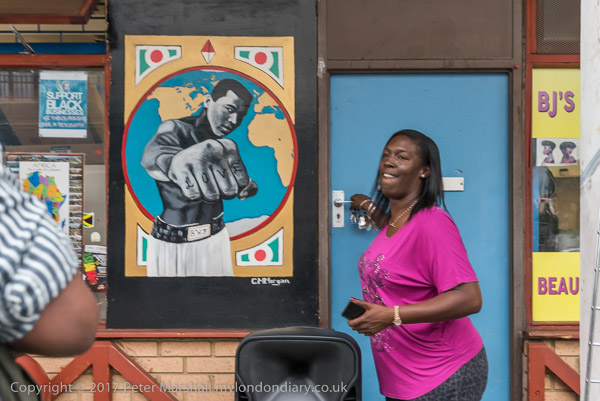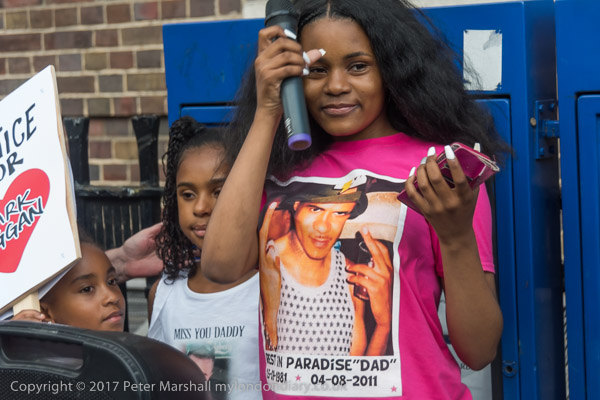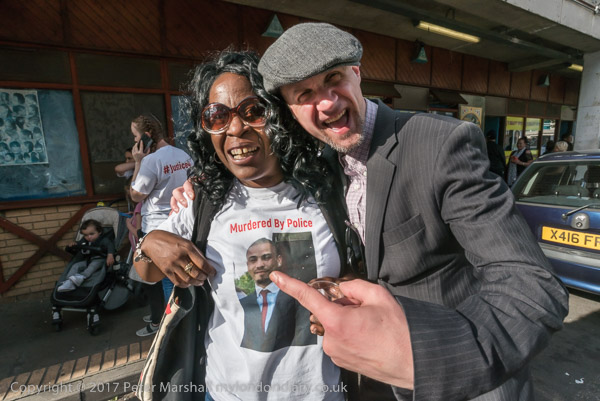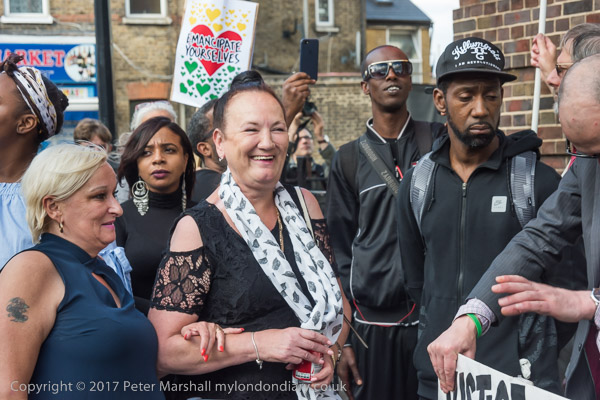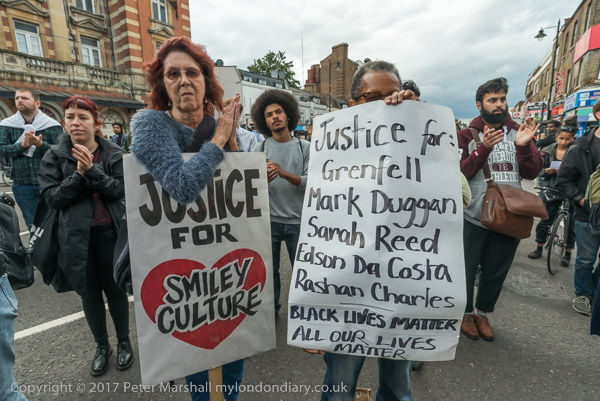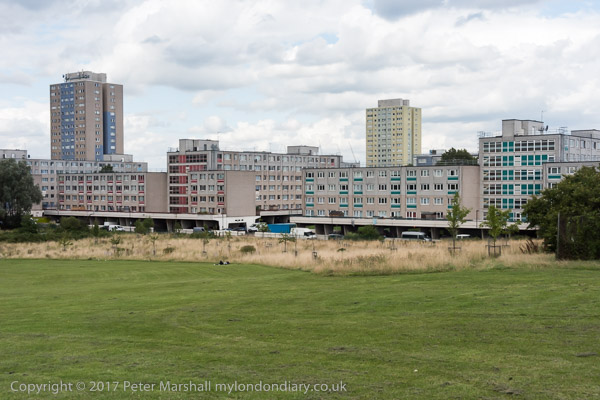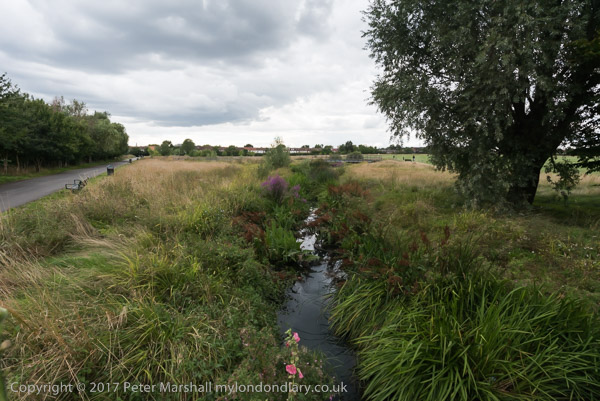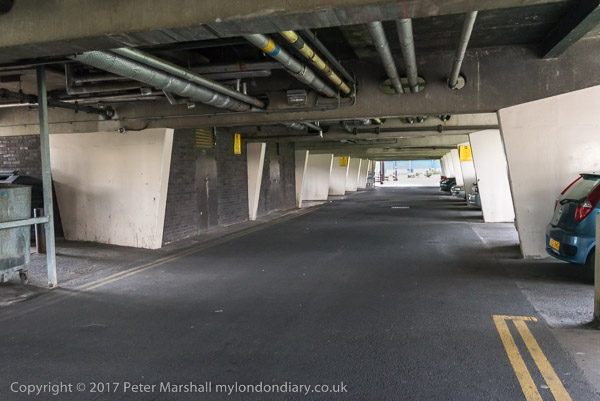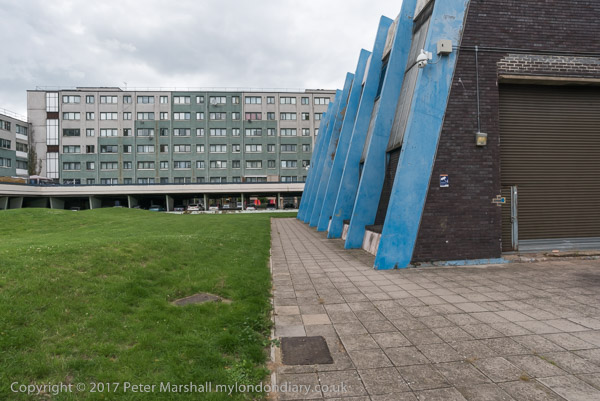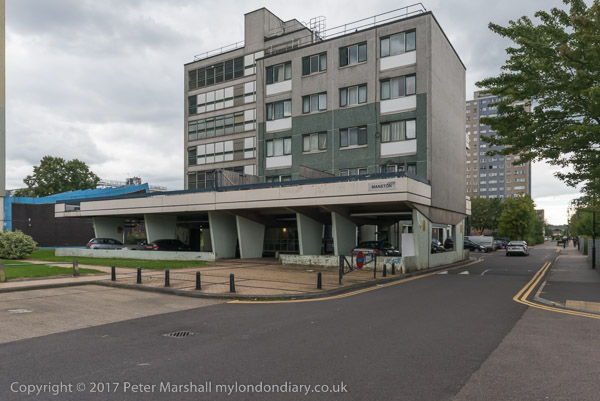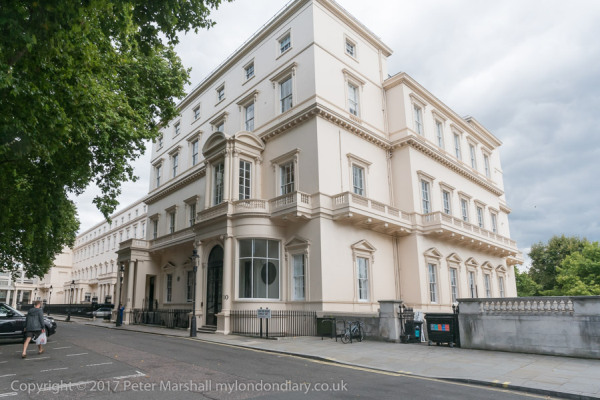
Carlton House Terrace. The ICA entrance is at a lower level on the Mall
I’ve not often been to the Institute of Contemporary Arts on the Mall, though I was briefly a member at some time in the 1960s or 70s. It’s location on The Mall and Carlton House Terrace I find rather off-putting and I’m never entirely at ease in the posher bits of the capital. And I got the impression in my early visits that it was full of cliques to which I did not belong and wasn’t at all welcoming to those of us from poor suburban working-class origins unless we had already achieved some kind of fame. Or perhaps I was just too shy.
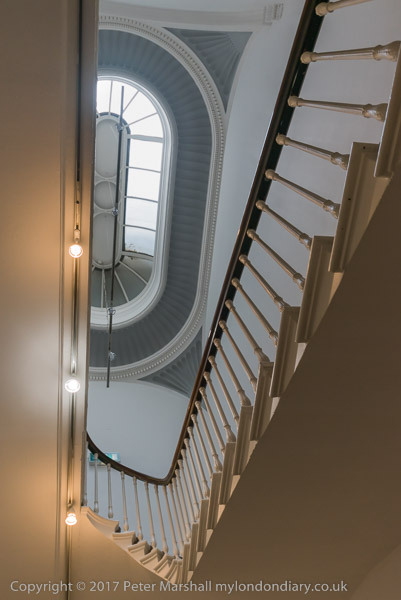
I have been in Carlton House Terrace a few times, most notably a long time ago meeting Paul Strand – one of my photographic heroes – and having a short conversation there at his exhibition opening, and more recently being commissioned to photograph an event there, but wandering in from the Mall around lunchtime on a Saturday I really didn’t know what to expect.
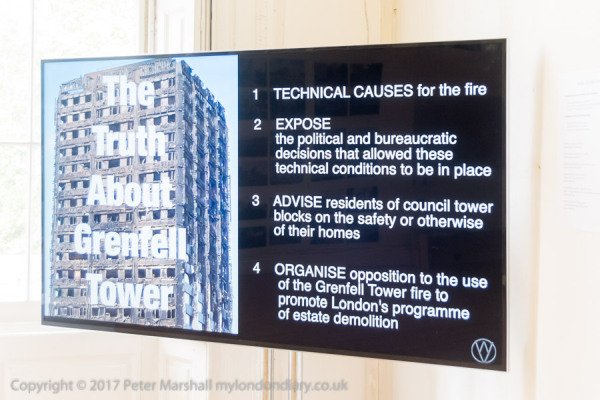
I was looking for Simon Elmer and Geraldine Dening of Architects for Social Housing who were beginning a week’s residency there; I’d been invited to the opening party that evening but couldn’t attend but wanted to see their display, and wandered through the building until I chanced upon a sign pointing to their exhibition.
Social Housing has a long history in London and the UK, with various commercial and philanthropic organisations providing housing for the urban poor in the nineteenth century. Some of these continue (at least in theory) to do so, but from around the start of the 20th century that role was largely taken over by councils who built many large estates, particularly in the interwar years and following the Second World War. London had estates both the the London County Council and the various local councils, providing millions for the first time with a decent standard of housing at an affordable rent.
Many Labour councils back in the 1960s and 1970s took a great pride in providing a high standard of housing, even when working within strict cost limits, and they employed some of the country’s best architects to design estates such as Robin Hood Gardens in Poplar, Central Hill near Crystal Palace, the Heygate at the Elephant, Cressingham Gardens in Tulse Hill and many more.
Things changed with the Tory government under Thatcher, who set out to destroy council housing. It may have been making decent housing available to working class people at low cost and actually paying for itself, but it wasn’t making money for private landlords and not enough for building companies etc who where important in the party. It was also a matter of ideology; council housing was social housing, organised by society for the good of society and the Tories saw this as sapping individual responsibility, their idea that people should look after themselves. They wanted a society of home owners, every Englishman securing himself in his castle and pulling up the drawbridge against the rest. And their route to doing this was to compel councils to sell their homes to their tenants at highly discounted rates – and to make sure the councils did not get the money to replace them.
The policy worked in so far as many council tenants did take up the bargain offer, but for many being a householder and repaying even the relatively low purchase costs proved too much. Many had to sell up and move out – and into privately rented properties often far less desirable than their old council homes and at several times the rent. Some will have moved back into former council properties, now owned by landlords, where their rents were now paying the landlord’s mortgage and then some, with a huge growth in ‘buy to let’ properties. You didn’t need money to buy up houses, just the ability to borrow money which your tenants would pay back.
More recently councils have been looking at these well-planned estates from the 31960s and 70s and thinking that the land they occupy – often on very desirable sites – is worth a fortune. If only those council homes weren’t there, they could make millions from private developers eager for land in London. One of the first to go was the Heygate, close to the Elephant & Castle, near to the centre of London, the West End and the City, with good transport links, it was a prime site for development. The only problem was getting rid of the people. The saga of Southwark Council’s long campaign to do so has been told many times, and is a shameful reflection on a Labour council. And while some of those involved have done rather well from it – lavish hospitality, trips to Cannes and well paid jobs when they leave the councils – the council ended up getting short-changed by millions. The residents have been forced to outlying areas, many in high cost private renting, and some of the new blocks remain unoccupied, either unsold or owned simply as investments by overseas buyers.
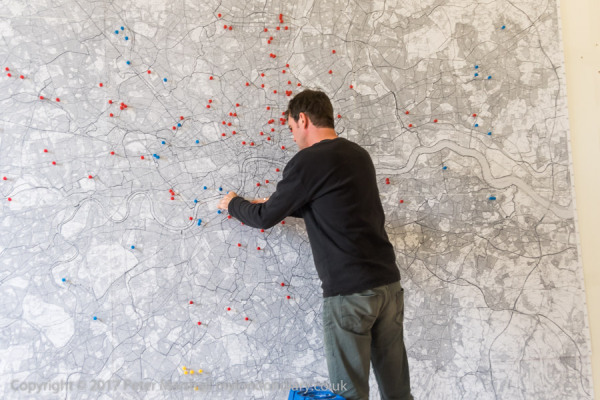
Social cleansing: RED for Labour, BLUE for Tory and YELLOW for Lib-Dem
Architects for Social Housing have highlighted some of the problems, with well over a hundred estates, some very large either destroyed or earmarked for demolition by Labour Councils across London. Of course Conservative controlled councils are also guilty, but there are fewer of them. The policy under which these crimes are taking place (and they are moral crimes if not always legal crimes) is a Labour policy, introduced under Tony Blair and given the name ‘regeneration’.
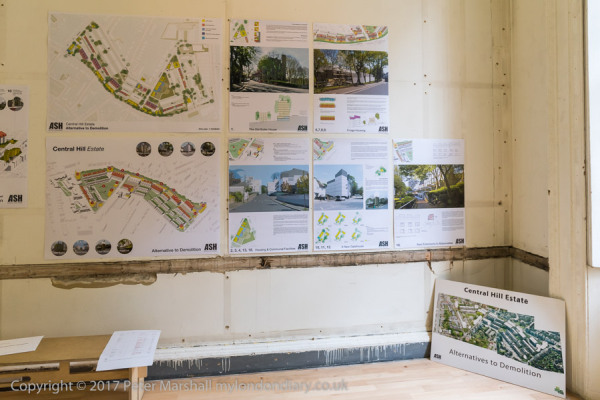
Regeneration could be carried out in a way which respected the needs of the existing residents and actually bettered the lot of those in social housing, and ASH has produced alternative plans for a number of estates which show how this could be done. But when these have been presented to councils they have been dismissed with little or no consideration. The problem is perhaps that councils do not have the cash to carry out regeneration without selling off the assets, but more that they see selling off community assets as an easy way to make money.
Recently Jeremy Corbyn has made some promising noises about how regeneration should take place, and there are hopes that the largest scheme of this type, the HDV or Haringey Development Vehicle which would have given away £2 billion of public property, may be stopped. But it remains to be seen if his words can be translated into deeds in the London Labour councils which are all presently dominated by Thatcher-lite right-wing Labour groups. Although the membership of the party has seen a definite shift to the left, there are plenty of dirty tricks the right are using in their fight to remain in power.
At ASH at the ICA you can see some more pictures of their displays at the ICA, which include some related to protest by ASH.
